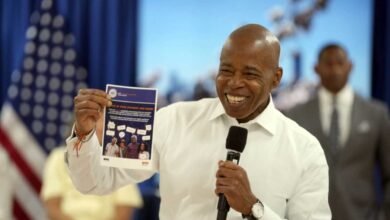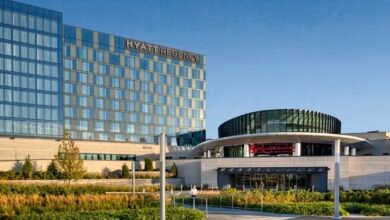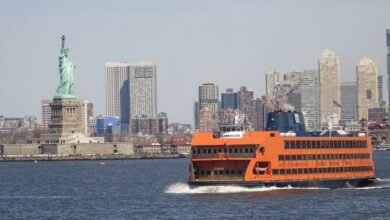Op-Ed | A casino in Times Square is a bad bet for our streets
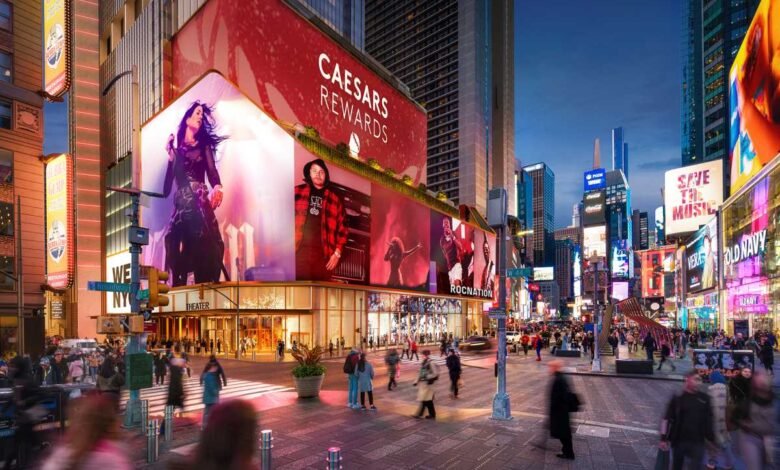
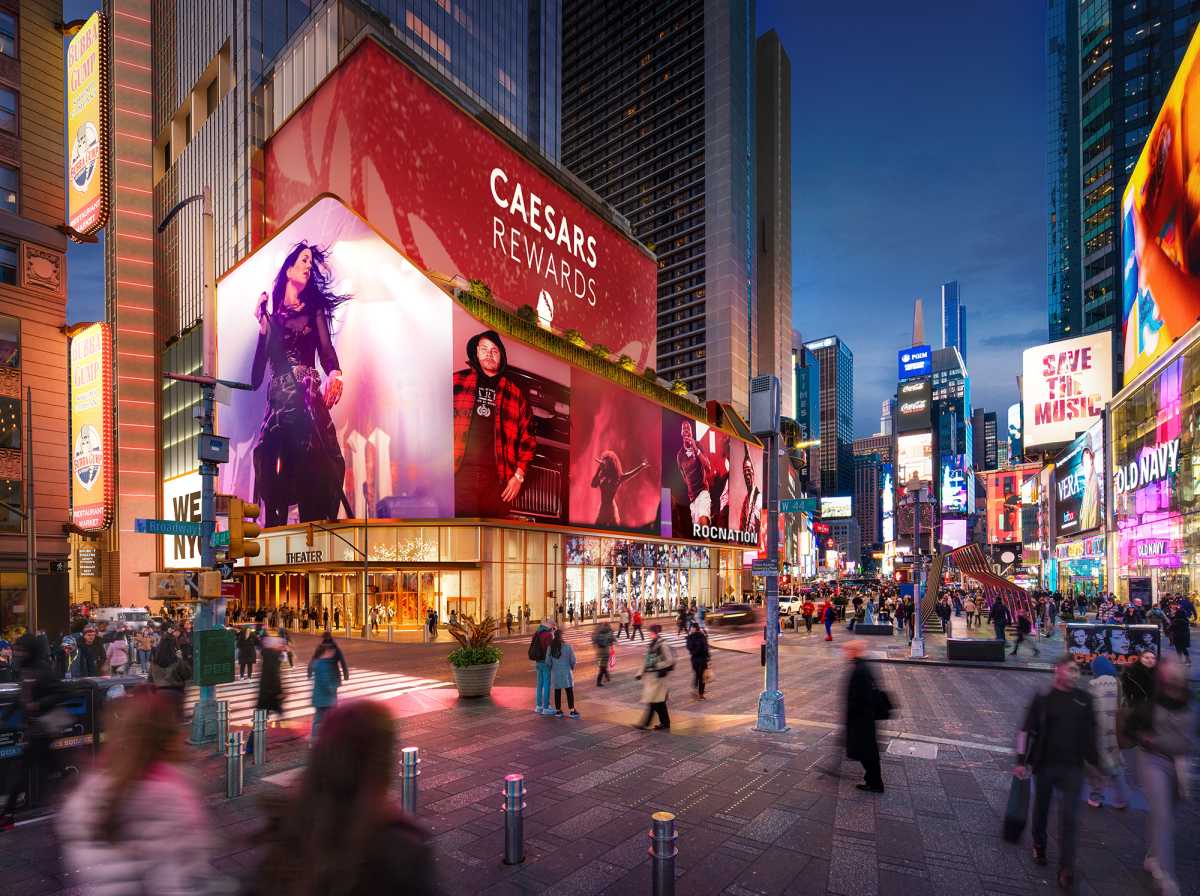
A rendering of the proposed casino for Times Square in Manhattan.
Courtesy of SL Green
New York City is in the midst of an early and innovative experiment that is heralding a transformative shift in how we move through our streets. Congestion pricing is finally here and the early reviews are in: it’s already reducing gridlock, improving air quality and mobility, and helping to fund the next generation of needed investments in the public transit system that millions of us rely on every day. And yet, amid this moment of progress, one proposal threatens to drag us backward: a casino in Times Square. At this critical moment, we should be pursuing strategies to reduce driving even more; a casino in Times Square does just the opposite.
The SL Green/Caesars Palace Times Square project isn’t just a bad land use decision; it’s a dangerous one. It invites more cars, more emissions, more pedestrian conflicts, and more chaos into a neighborhood already bursting at the seams. The developers are promising glamor and jobs. But their own Environmental Impact Statement (EIS) makes clear what this really is: a traffic-generating machine that will degrade quality of life and make our streets less safe.
Let’s start with the basics.
Times Square is one of the busiest pedestrian zones in the world. More than 200,000 people walk through it daily. According to the EIS, eight crosswalks in the project area are already operating below acceptable levels, and the casino will make them worse. The city should be pursuing people-only areas and low traffic zones to deal with the already severely over-crowded sidewalks—not green-lighting even more traffic and congestion.
The impact on vehicle lanes is just as bad. According to the EIS, four intersections in the area will degrade to congested levels (Level of Service E or worse) on weekends.The casino proposal would add valet operations, designated drop-offs, and new zones for private cars, limos, Ubers, and buses. This is not transit-oriented development; this is a high-volume entertainment complex designed around vehicular access that’s poised to erase many of the gains that congestion pricing is already delivering.
Even with potential mitigations like signal timing changes and sidewalk widenings, the report admits that many of these harms cannot be fixed. This is a proposal that knowingly breaks our transportation infrastructure in one of its most fragile zones.
And what about the claim that guests will “mostly take transit”? Let’s be honest: if you’re building valet garages and private shuttle ports, you’re not trying to attract strap-hangers. You’re inviting traffic. High rollers and suburban tourists are not going to board the 7 train with a suitcase. They’re going to drive (or take FHV’s) into the heart of Midtown. That’s not just bad planning. It’s a betrayal of the goals we’ve spent years organizing for: safer streets, cleaner air, and freedom from car dominance.
Worse still, this project will open during the same years that the Port Authority Bus Terminal is under reconstruction. That’s years of combined construction traffic, rerouted buses, and street closures, all colliding just steps from the casino site. And yet the casino developers didn’t include that project in their traffic analysis. Why? Because they say it opens after the casino does. That kind of magical thinking is how we get bottlenecks that last a generation.
SL Green says it will offer geofencing with Uber and “gaming credits” to encourage transit use. That’s not a real mitigation strategy, that’s greenwashing. We cannot fix structural street failures with app points and promo codes. And we certainly can’t reduce driving by building a casino at the most congested corner in the city.
At Open Plans, we envision a city where streets are for people, not for private profits, valet zones, or shuttle operations. We fight for neighborhoods where kids can walk safely to school, seniors can sit on a bench in peace, and everyone can move through the city without dodging idling limos. A Times Square casino does the opposite: it prioritizes tourism dollars over public safety, and car access over people-centered design.
We should be building on the momentum of congestion pricing, not undermining it just as it’s beginning to work. This is our chance to finally treat streets as public space, not highway on-ramps. Times Square doesn’t need a casino. Instead, it needs cleaner air, wider sidewalks, protected bike lanes, and reliable buses. As leaders around the city consider casino proposals in their neighborhoods, they should be careful to analyze the traffic and pedestrian impacts. This is a major turning point for our city and we must do it right.
So let’s make the right call. Say no to a casino in Times Square that will flood our streets with traffic and sell out our public space to the highest bidder. Let’s bet on a better future—one built for people, not cars.
Sara Lind is the co-executive director of Open Plans, a nonprofit advocacy organization that works to make New York City’s streets and public spaces safer and more livable.

